
Calming a pit bull's racing heart after exposure to this bronchodilator.

Calming a pit bull's racing heart after exposure to this bronchodilator.

Tell owners to be on the lookout for this early indicator of worsening disease.

A look at some pointers for evaluating a cat for heart disease.In "Feline cardiology: A review of the basics," Jan Bright, DVM, MS, DACVIM (internal medicine, cardiology), discussed some of the peculiarities of feline cardiology and offered tips to keep in mind when evaluating feline patients with suspected heart disease.
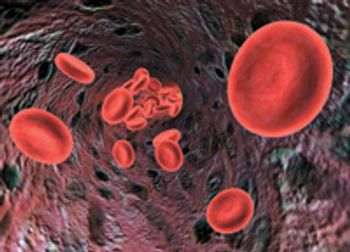
A look at why iron deficiency anemia should be on a differential diagnosis list for all patients with unexplained microcytic anemia, how to diagnose the cause of this anemia, and how to treat these iron-deficient patients.


Veterinary parasitologists, practitioners discuss the latest on diagnostics, differentials and incidence rates.

Parasite seems dependent on this bacteria for survival, reproduction.
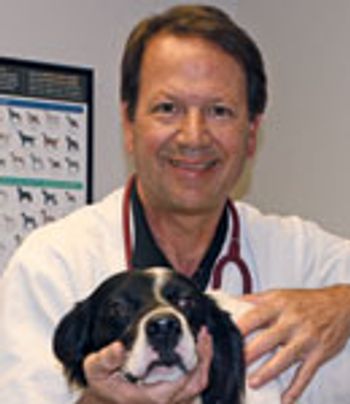
An overview of the highlights from the revised American Heartworm Society's canine and feline guidelines.

Dr. Sonya Gordon details the latest development in feline cardiology.

The Five discusses tail vaccination in cats, canine cardiology, the importance of sharing your clinic's stories on social media, how to better access clients and special treats for feline patients.

Veterinary researchers try to understand a spike in sudden deaths, possibly cardiac-related, among thoroughbreds.

As long as they don't have more serious heart disease such as CHF, most horses under a veterinarians care do well with intervention through pharmacologic or electrical cardioversion.

This study found that the presence or absence of a heart murmur does not reliably predict cardiac disease in cats.

Find out if this drug can prolong survival if given earlier in the course of disease.
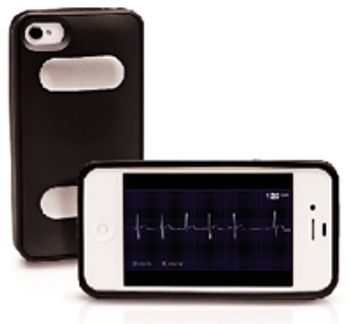
Dr. Barret Bulmer examines a handy tool for your iPhone that lets you record ECGs.

Researchers evaluated this assay in 155 asymptomatic Doberman pinschers to determine whether it can be used as an indicator for this life-threatening condition.
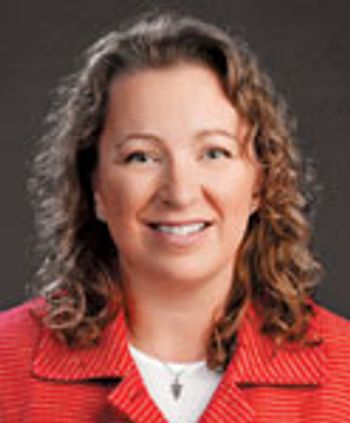
Dr. Heather Lewellen reports on how a recent cardiology workshop demonstrated how heart disease and heart failure don't change, but the way we treat and manage them changes constantly.
![JenniferGarcia-[2241230]-783546-1384158429794.jpg](https://cdn.sanity.io/images/0vv8moc6/dvm360/e0cdd84b0c369f6ad770bc0892206085efbb0bf5-129x150.jpg?w=350&fit=crop&auto=format)
Find out the latest on this cardiac biomarker.

Sharing personal stories of pet illness in exam rooms, veterinary newsletters and emails can bridge the gap between a seemingly trouble-free veterinarian and scared clients.
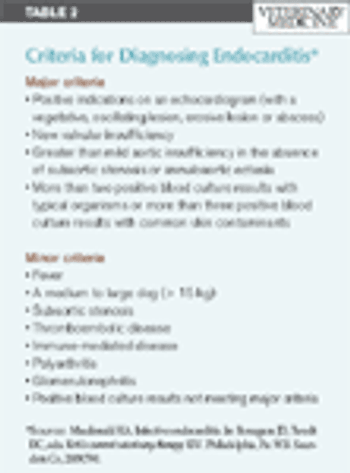
Was this dog's tooth root abscess the cause of its severe, progressive systemic illness?

Can this screening test help identify this silent killer in cats?

Studies have been performed in humans to determine if early administration of ACE inhibitors to human patients with ischemic dilated cardiomyopathy decreases the progression of myocardial failure and so reduces mortality.

There currently is no evidence that any drug alters the natural history of hypertrophic cardiomyopathy (HCM) in cats until they are in heart failure.

Dilated cardiomyopathy (DCM) is a cardiac disease due to an inherent abnormality in the myocardium that results in a decrease in myocardial contractility (i.e., myocardial failure) and is not secondary to another primary disease.

In humans, the familial nature of HCM was first reported in 1958. It has been demonstrated that over 70% of human cases of HCM are inherited in an autosomal dominant pattern, with most other cases being sporadic (although often still genetic in origin).